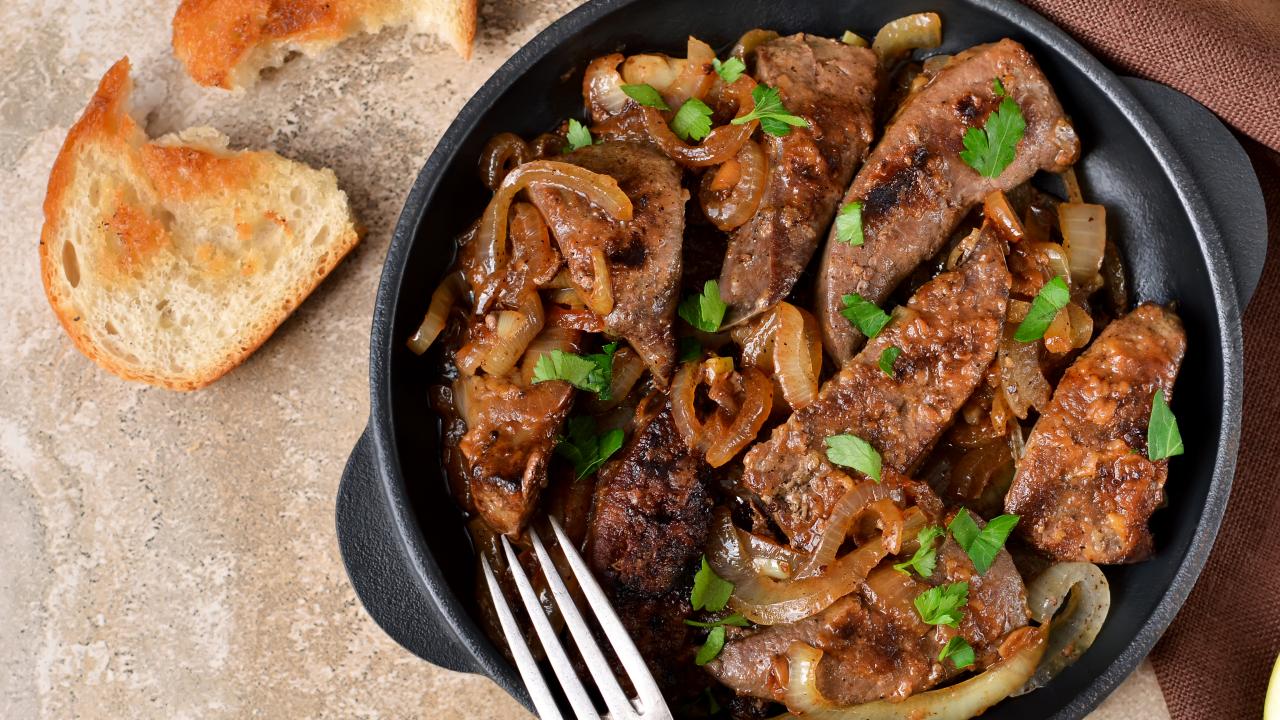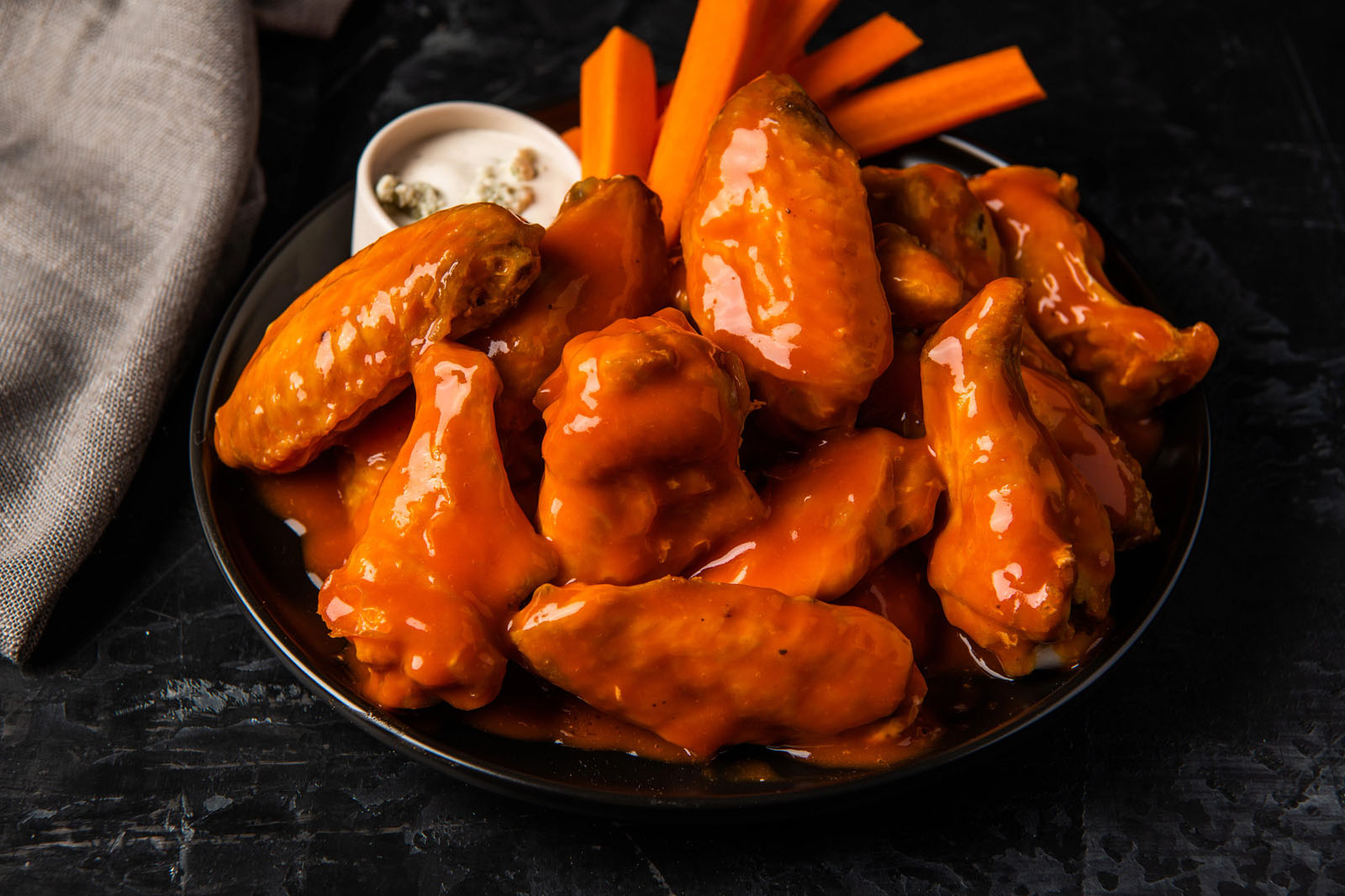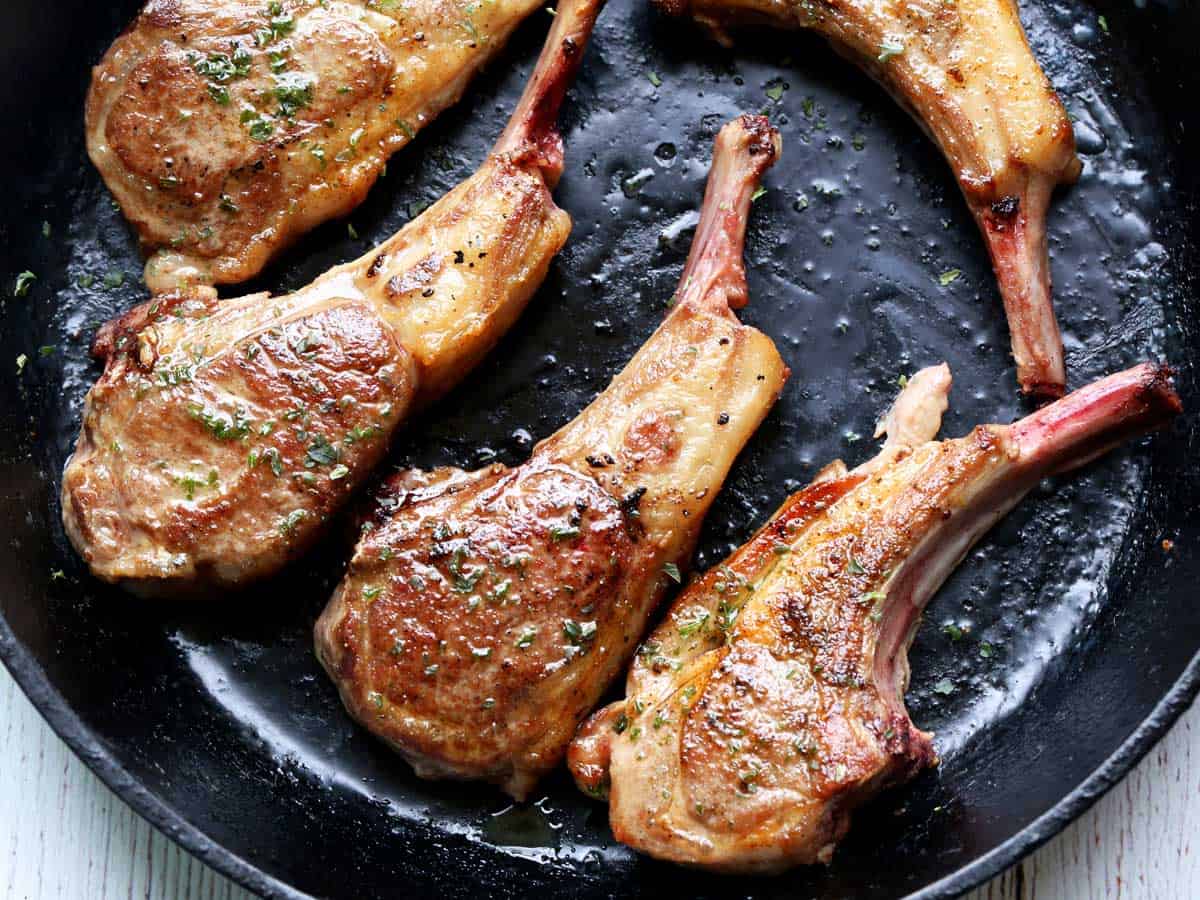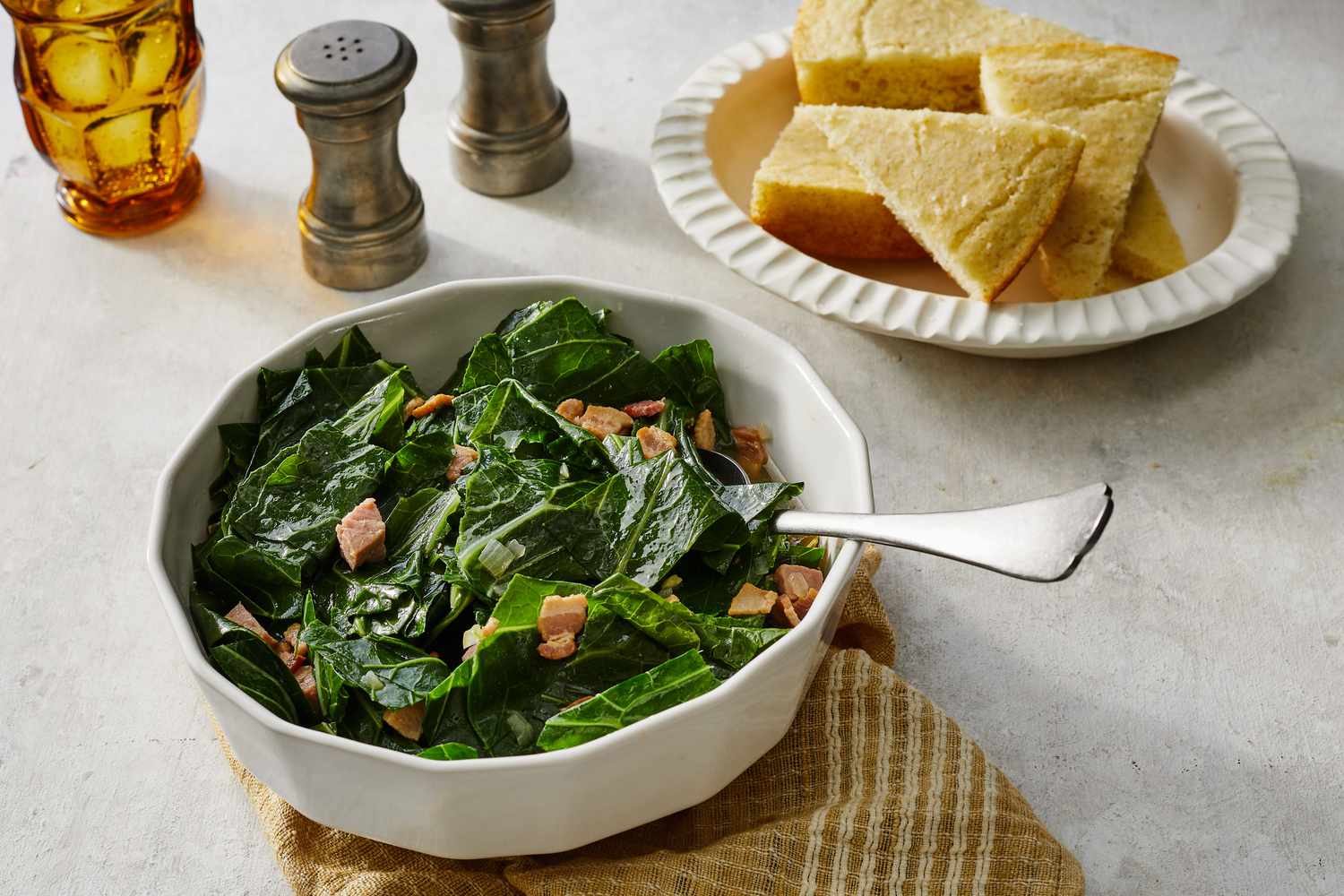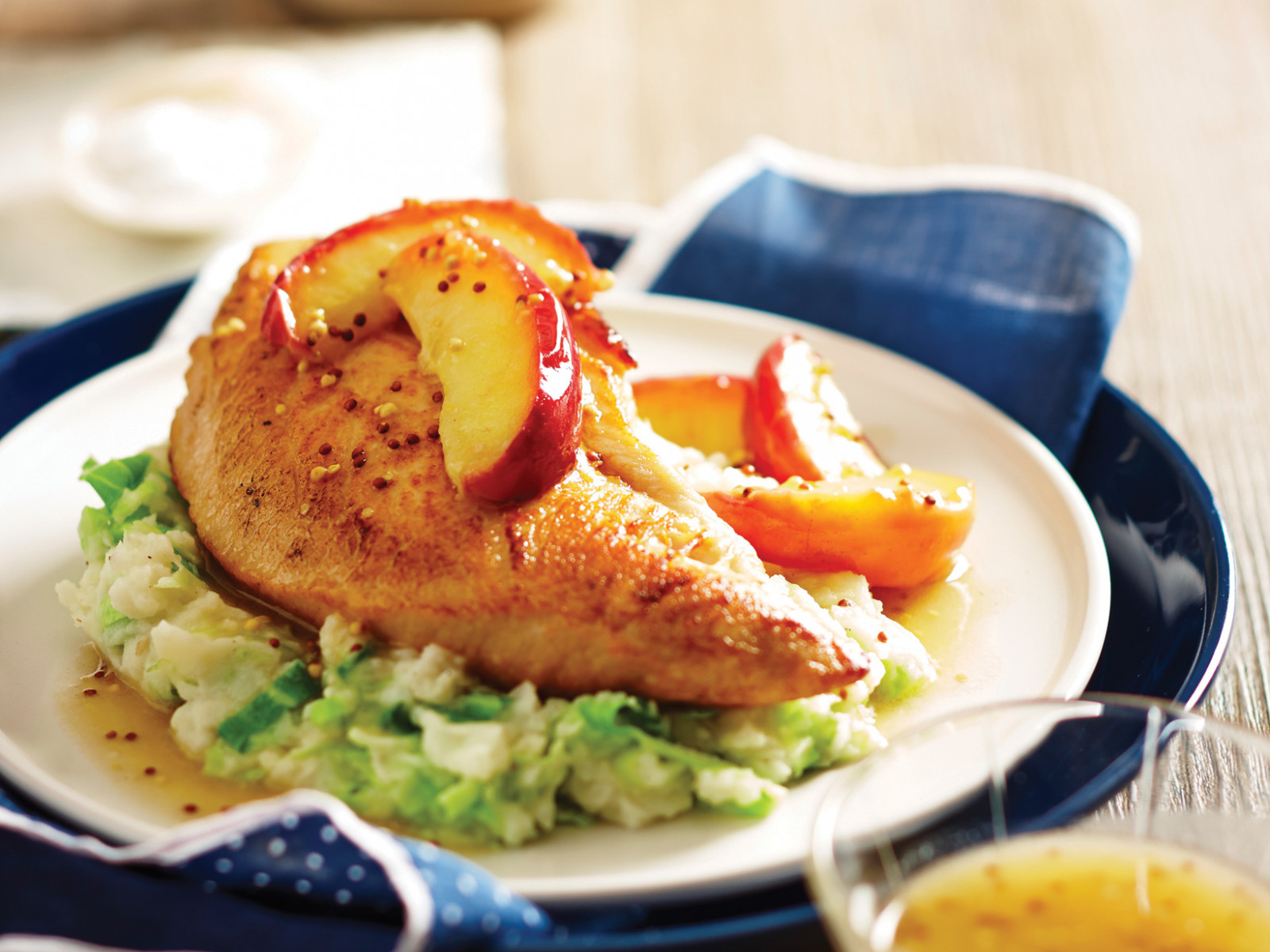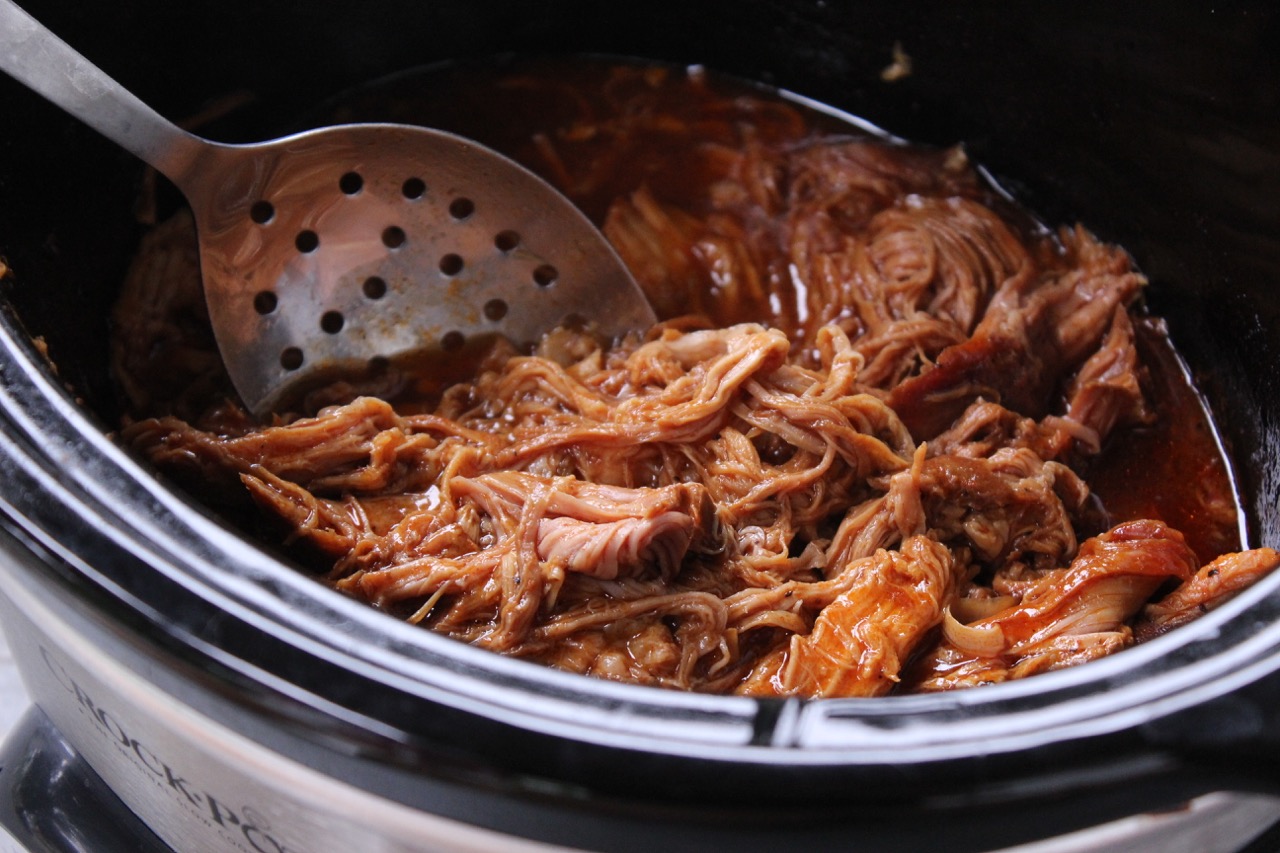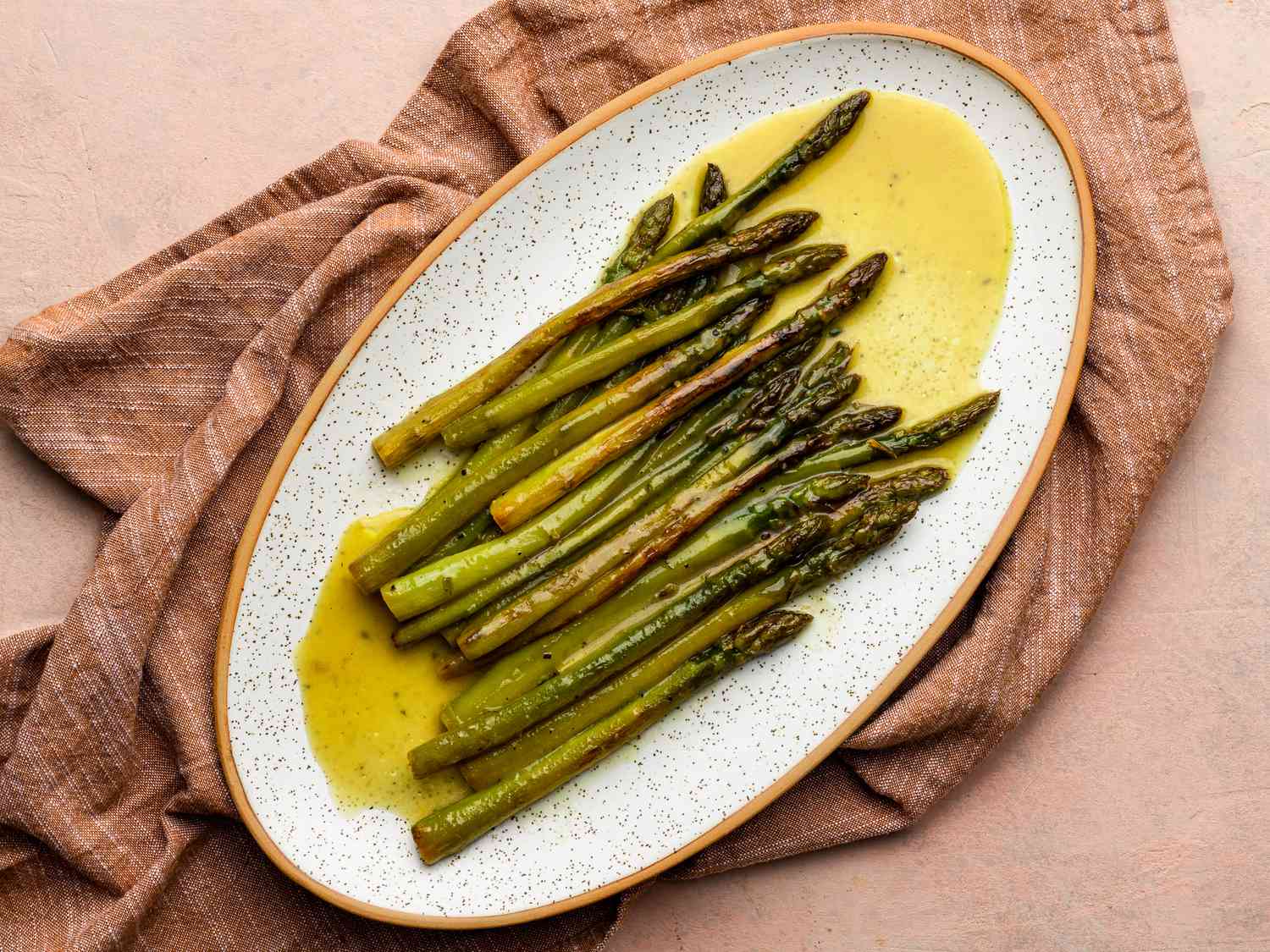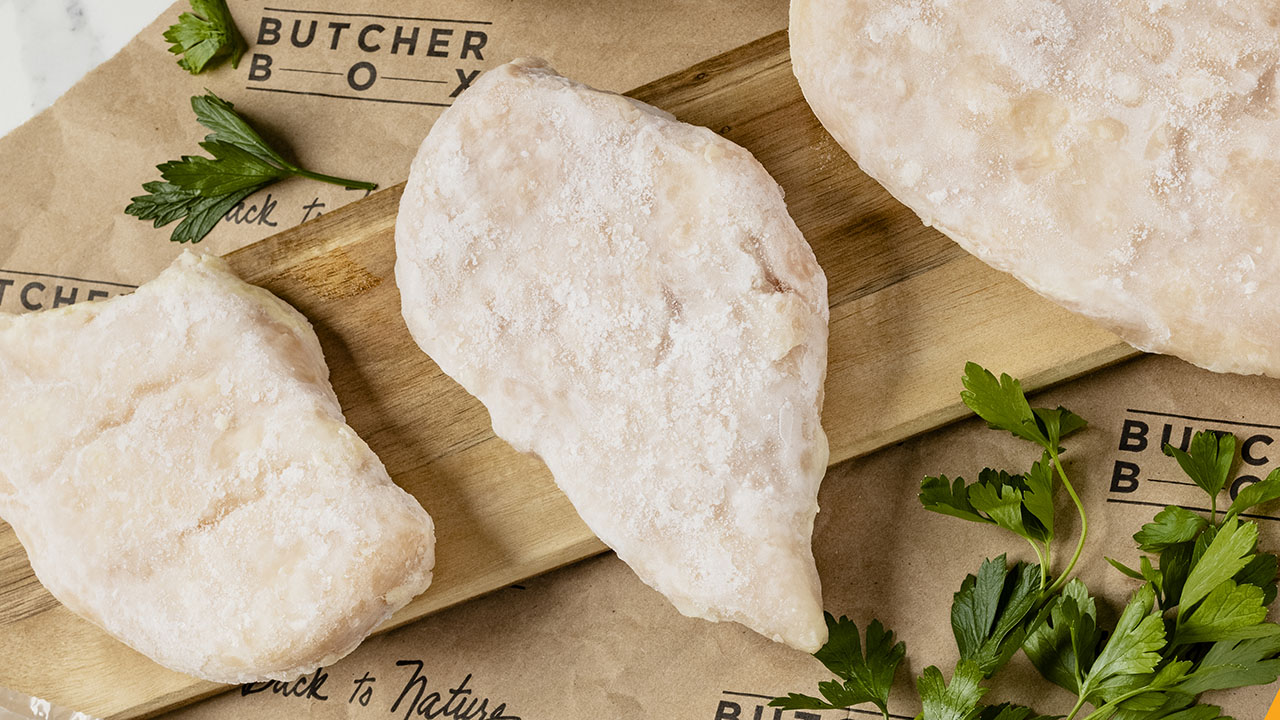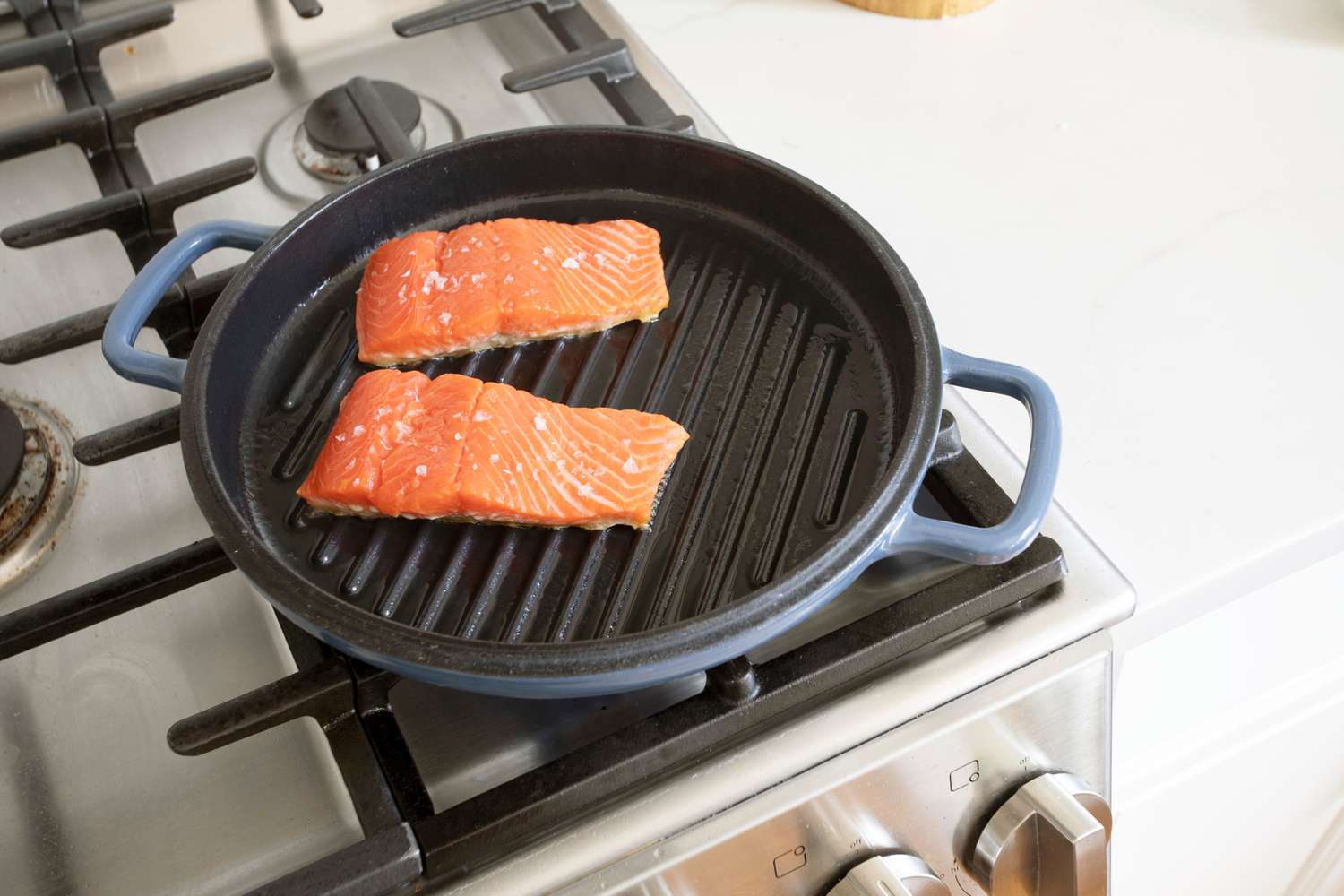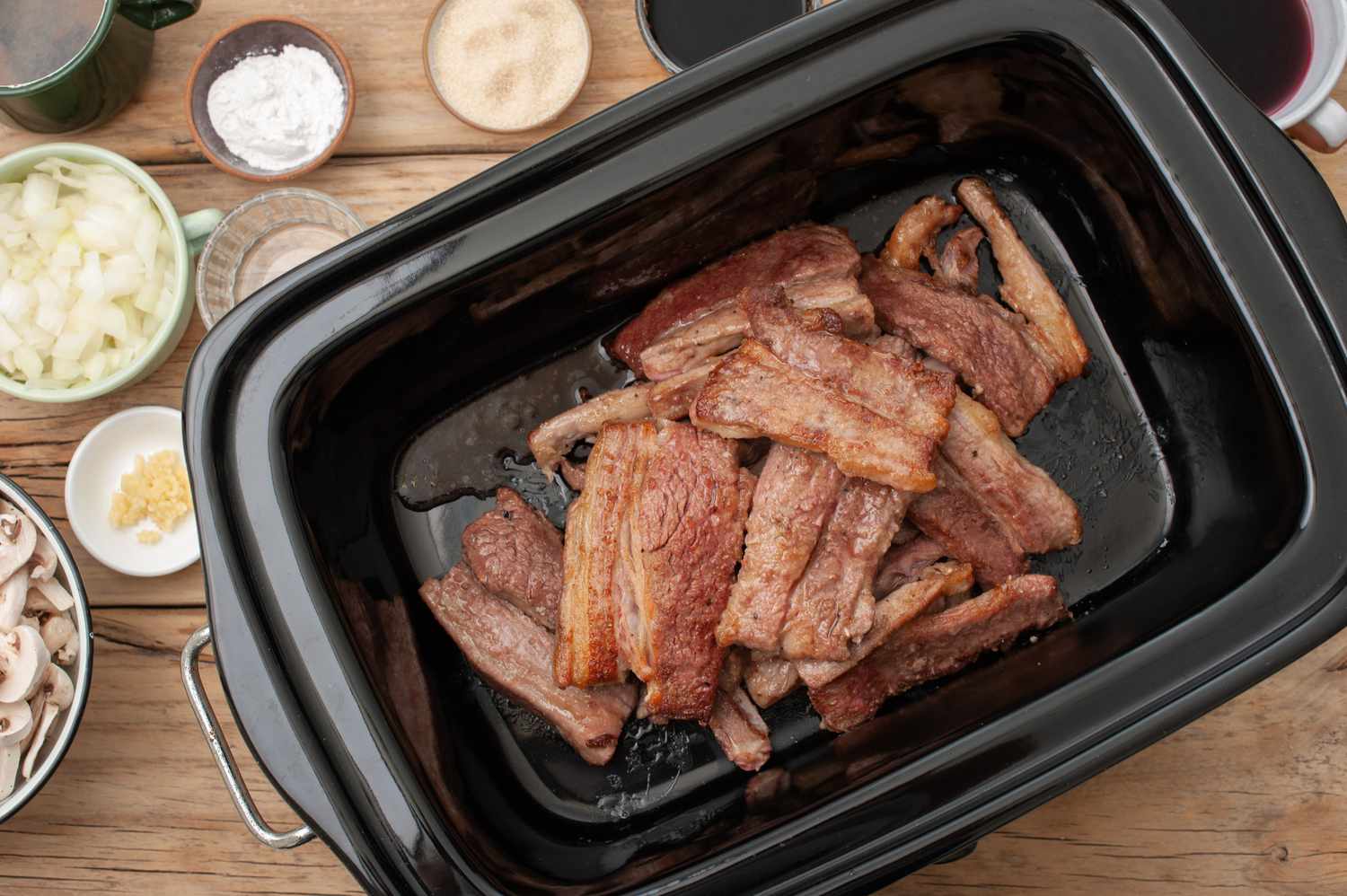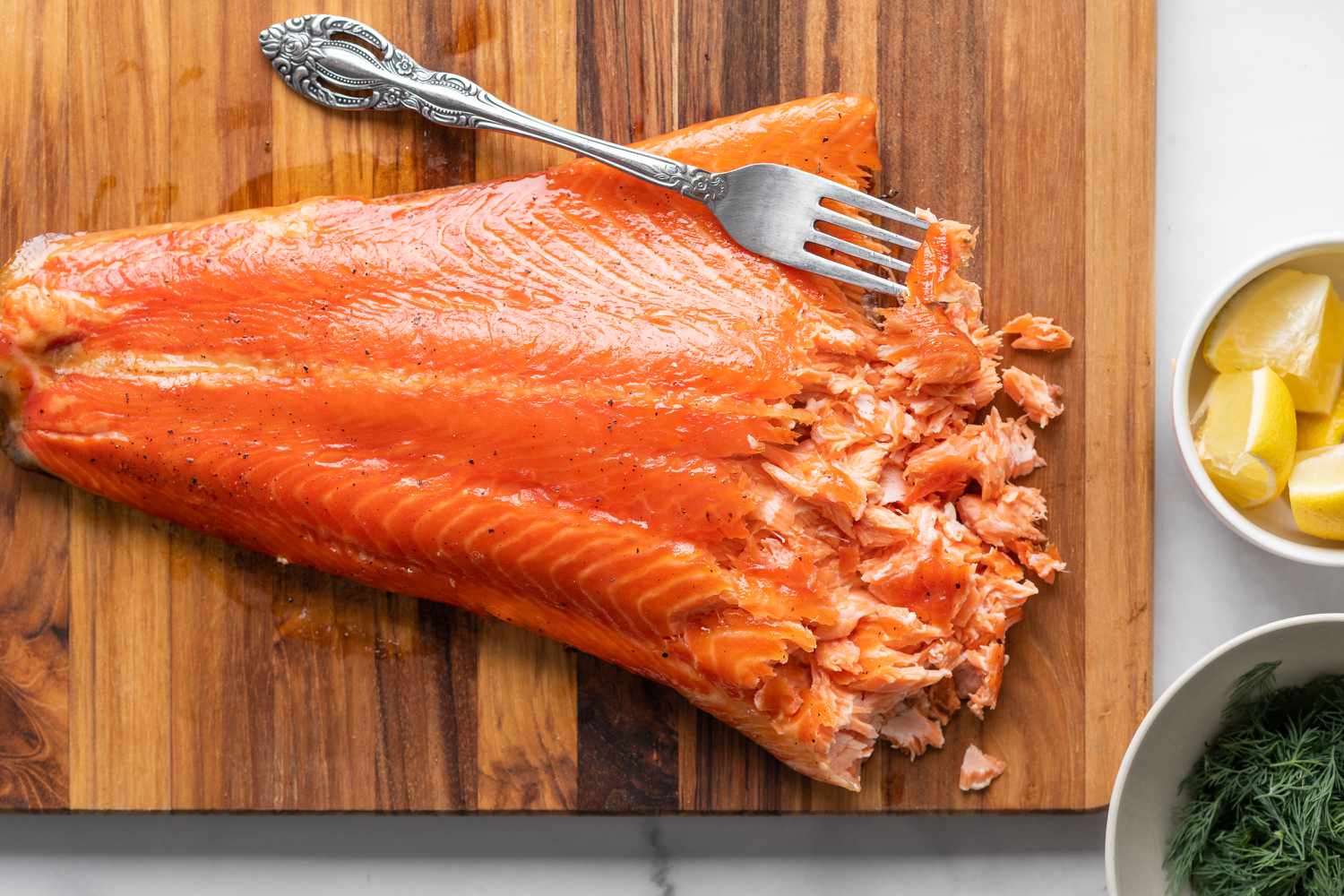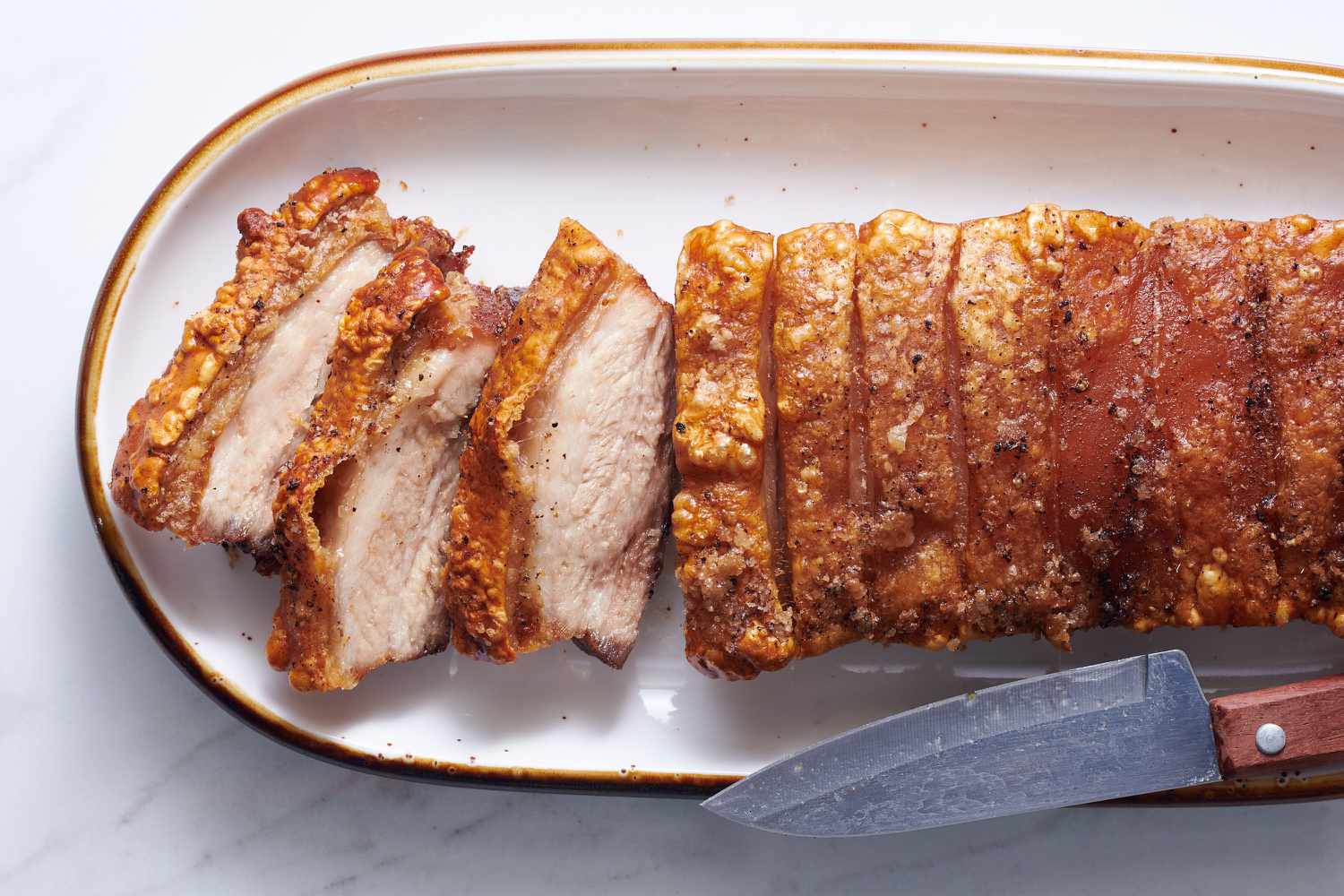Cooking smoked turkey pieces is a delightful way to bring rich, savory flavors to your table. Whether you're a seasoned chef or just starting out in the kitchen, mastering this technique can transform your meals. Smoked turkey, known for its deep, complex taste, pairs wonderfully with a variety of sides, making it a versatile choice for any occasion. In this guide, we'll walk through the essential steps to perfectly cook smoked turkey pieces, ensuring they're juicy, flavorful, and ready to impress your guests. Get ready to elevate your cooking game with this simple yet sophisticated dish.
Essential Ingredients for a Delicious Smoked Turkey
- Smoked turkey pieces (legs, wings, or breast)
- Olive oil
- Garlic cloves, minced
- Fresh thyme
- Fresh rosemary
- Salt
- Black pepper
- Chicken broth or water
- Onions, sliced
- Carrots, chopped
- Celery stalks, chopped
Must-Have Tools for Cooking Smoked Turkey
- Large Roasting Pan: Essential for accommodating turkey pieces and ensuring even cooking.
- Meat Thermometer: Critical for checking the internal temperature to ensure the turkey is cooked safely.
- Aluminum Foil: Useful for covering turkey during the smoking process to prevent excessive browning.
- Wood Chips or Chunks: Hickory, applewood, or cherry varieties add a distinct smoky flavor.
- Smoker or Grill: Depending on preference, either can be used to smoke turkey pieces effectively.
- Tongs and Carving Set: For handling and serving the turkey pieces once cooked.
- Basting Brush: Ideal for applying marinades or sauces to enhance flavor.
- Cutting Board: A large one is necessary for prepping and carving the turkey.
- Kitchen Twine: Helps in trussing the turkey pieces if needed for uniform cooking.
- Aluminum Drip Pan: Collects juices and fat, preventing flare-ups and facilitating cleanup.
For perfectly cooked smoked turkey pieces, start with a low temperature and gradually increase. This method ensures tender, flavorful meat. Remember, patience is key for the best results.
The Importance of Cooking Smoked Turkey Pieces
Cooking smoked turkey pieces infuses dishes with rich, savory flavors, elevating simple meals to memorable feasts. This method not only enhances taste but also ensures meat remains moist and tender. Smoked turkey, versatile in its use, brings a gourmet touch to everyday cooking, making ordinary recipes extraordinary.
Opting for smoked turkey is a healthier choice, offering leaner protein options compared to red meats. Its unique smoking process locks in flavors without the need for additional fats or oils, making it a preferred ingredient for those mindful of their dietary intake.
Your Ultimate Guide to Cooking Smoked Turkey
-
Select smoked turkey pieces: Choose from legs, wings, or breast based on your preference. Ensure they're fully thawed if previously frozen.
-
Preheat oven: Set temperature to 325°F (165°C). This moderate heat will warm the turkey without drying it out.
-
Prepare baking dish: Line a dish with aluminum foil or parchment paper for easy cleanup. Place a rack inside to elevate the turkey pieces, allowing air to circulate and heat evenly.
-
Season as desired: While smoked turkey is already flavorful, you can add herbs like rosemary or thyme, or a light brush of olive oil for extra moisture.
-
Arrange turkey pieces: Lay them on the rack in the prepared dish. Avoid overcrowding to ensure each piece heats thoroughly.
-
Cover with foil: Tent the dish with aluminum foil to prevent the turkey from drying out during reheating.
-
Bake: Place in the preheated oven. Cooking time varies based on piece size. Generally, heat for about 10 minutes per pound.
-
Check temperature: Use a meat thermometer to ensure the turkey reaches 165°F (74°C) internally. This is the safe temperature for consumption.
-
Let rest: Once heated through, remove from the oven. Let sit for a few minutes before serving to allow juices to redistribute.
-
Serve: Enjoy as is or with your favorite sides.
Crafting the Perfect Ending
Cooking smoked turkey pieces is more than just a method; it's an art that brings out the rich flavors and tender textures of the meat. Whether you're simmering in a stew, baking in an oven, or tossing into a salad, the key is to keep moisture in mind. Remember, adding a bit of broth or water when reheating can prevent the meat from drying out, ensuring every bite is as succulent as the first. Don't shy away from experimenting with herbs and spices to complement the smoky taste. And most importantly, always let the turkey rest before serving to lock in those delicious juices. With these tips in hand, you're well on your way to mastering the art of cooking smoked turkey pieces, turning simple meals into memorable feasts.
For those looking to put their smoked turkey pieces to good use, there are several recipes that stand out and are worth trying. The Smoked Turkey and Cheddar Panini is perfect for a quick and satisfying lunch, combining the rich flavors of turkey and melted cheddar. If you're in the mood for something hearty, the Smoked Turkey Chili is an excellent choice, offering a comforting bowl of smoky goodness. For a lighter option, the Smoked Turkey and Avocado Wraps provide a fresh and nutritious meal that’s easy to prepare. Another creative dish to consider is the Smoked Turkey and Quinoa Stuffed Peppers, which are both healthy and visually appealing. Finally, don’t miss out on the Smoked Turkey Shepherd's Pie, a classic comfort food that’s been given a smoky twist. These recipes not only utilize the smoked turkey pieces effectively but also bring a variety of flavors and textures to the table.
All Your Questions About Smoked Turkey Answered
How long does it take to cook smoked turkey pieces?
Cooking times can vary based on the size and type of your turkey pieces. Generally, reheating smoked turkey in an oven set to 325°F (165°C) takes about 10 minutes per pound. Make sure it's heated through to an internal temperature of 165°F (74°C) for safety and best flavor.
What's the best way to keep smoked turkey moist while reheating?
Moisture is key. Cover your turkey pieces loosely with foil to trap steam and keep the meat from drying out. Adding a bit of chicken broth or water to the bottom of the pan can also help maintain a juicy texture.
Can I add flavor to my smoked turkey during the reheating process?
Absolutely! Brushing your turkey with a mixture of melted butter and your favorite herbs or spices can enhance its flavor. Another method is to inject the pieces with a marinade before reheating; this not only adds flavor but also helps in keeping the meat moist.
Is it possible to overcook smoked turkey when reheating?
Yes, and it's a common mistake. Overcooking can make the turkey dry and tough. Keep an eye on the temperature and time, and remove the turkey from the heat as soon as it reaches the recommended internal temperature of 165°F (74°C).
How can I tell if my smoked turkey is done without a thermometer?
While using a thermometer is the most accurate method, another way to check is by piercing the turkey with a fork or knife. If the juices run clear and the meat pulls apart easily, it's likely done. However, for safety and best results, using a thermometer is highly recommended.
Can I reheat smoked turkey pieces in a microwave?
You can, but it's not the best method for keeping the meat moist and flavorful. If you must use a microwave, cover the turkey pieces with a damp paper towel and use a low-power setting to avoid drying them out. Check frequently to ensure they're heated evenly.
What's the best way to store leftover smoked turkey?
Leftovers should be cooled down quickly and stored in an airtight container in the refrigerator. Properly stored, smoked turkey can last for 3-4 days. For longer storage, you can freeze the pieces for up to 3 months, though this might slightly affect the texture.
Was this page helpful?
Read Next: How To Cook Beyond Meat Burger
